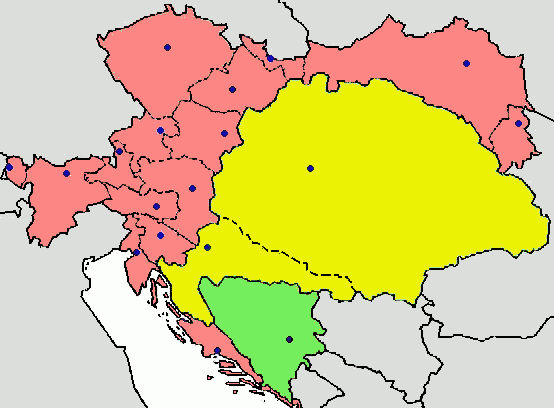Austro-Hungarian Compromise of 1867

From 1699 until 1867, Hungary functioned as a territory of the Habsburg Empire. In 1848, inspired by other European revolutions, a Hungarian National Guard was formed and led by General Artúr Görgey. While this campaign – known as the Hungarian Civic Revolution and War of Independence - was successful in pushing Austrian forces into a defensive position, the Hungarian forces were defeated in 1849 [New World Encyclopedia, 2018]. Following Habsburg loses in the Franco-Austrian (1859) and Austro-Prussian (1866) wars, the power of the empire diminished, and following the Austro-Hungarian Compromise of 1867 Hungary became an autonomous kingdom that ruled alongside the Habsburg Synopsis monarchy. During this time, Austrian territories were divided between the two powers, which brought Slovakian lands under the rule of the Hungarian Magyars. While the Compromise accelerated economic growth by promoting the rapid industrialization sweeping western Europe, it also led to the Magyarization - forced cultural and linguistic assimilation - of non-Hungarians living in the region.